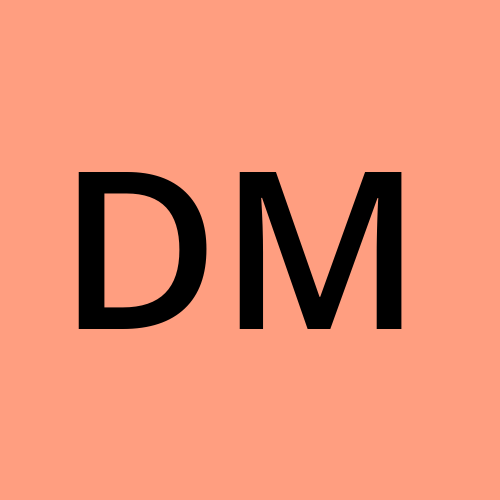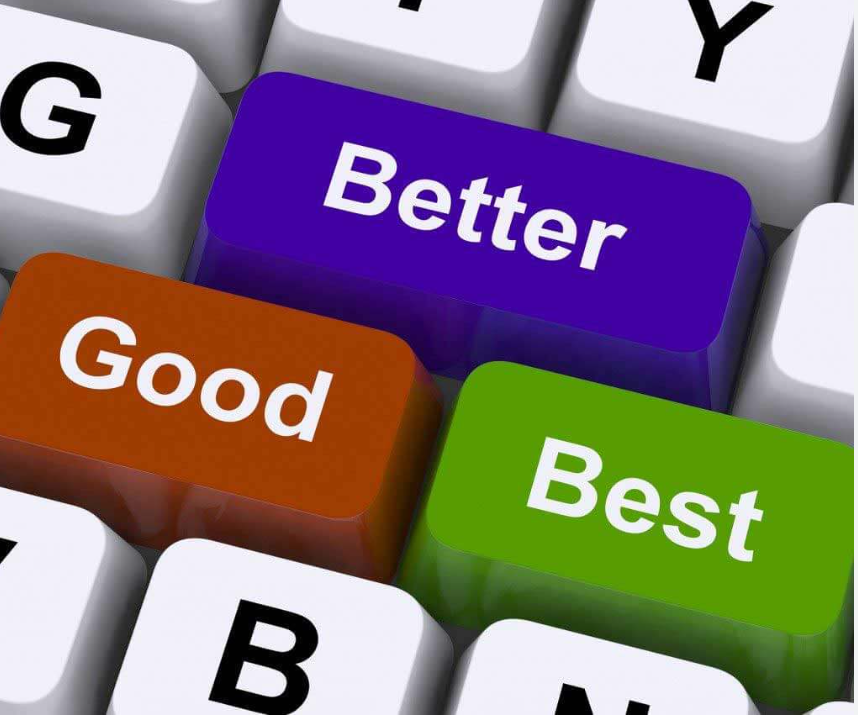Revolutionizing Performance Management: Embracing Digital Tools for Dynamic Reviews, Real-Time Feedback, and Goal Setting
 Dorris Maina
Dorris Maina
In today’s fast-paced digital landscape, traditional performance management methods are evolving to keep up with the dynamic needs of the modern workforce. Organizations are increasingly embracing innovative approaches to performance reviews, feedback mechanisms, and goal setting to foster a culture of continuous improvement, engagement, and productivity. This article explores how organizations in the digital age are taking advantage of technological trends and practices to improve performance management.
Continuous Performance Reviews
Initially, organizations reviewed employees’ performance annually. However, this practice caused stress and anxiety at the workplace due to its rigid and infrequent nature. It also made it challenging to address issues promptly and effectively to improve the workers’ performance. Good news is that this trend is shifting towards continuous performance reviews. This advanced performance review offers multiple benefits explained below:
Facilitates Real-Time Feedback: Continuous reviews enable supervisors and managers to provide feedback in real-time, addressing issues as they arise and recognizing achievements promptly. This immediacy helps in maintaining employee motivation and engagement.
Allows Regular Check-Ins: Frequent check-ins between managers and employees create an ongoing dialogue about performance, goals, and development. These check-ins, whether formal or informal, are typically supported by digital tools that facilitate easy scheduling and documentation.
Helps in offering Data-Driven Insights: Leveraging advanced analytics and performance management software, organizations can gather data on employee performance and use it to make informed decisions. For instance, this data-driven approach helps in identifying patterns, predicting future performance, and developing tailored development plans.
Better Feedback Mechanisms
Modern organizations are adopting more effective feedback mechanisms. These techniques are crucial for fostering a culture of better communication and collaboration, facilitating continuous improvement. Here are the most common feedback strategies In the digital age:
360-Degree Feedback: This approach involves collecting feedback from a wide range of sources, such as peers, subordinates, and managers. By incorporating multiple perspectives, 360-degree feedback provides a holistic view of an employee’s performance and areas for improvement. This technique promotes a culture of openness and continuous improvement.
Peer Reviews and Recognition: Organizations in the digital era are also encouraging peer reviews and recognition to foster a collaborative environment where workers feel valued and appreciated. They are also using digital platforms and social recognition tools to enable employees to acknowledge each other’s contributions, strengthening team cohesion and morale.
Instant and Real-Time Feedback Tools: Many firms are currently using digital tools such as chatbots and mobile apps to facilitate instant feedback, making it easy for employees to receive and provide feedback anytime, anywhere. These tools often integrate with existing communication platforms, ensuring seamless interaction and engagement. Slack and Microsoft Teams are excellent examples of such tools.
Anonymous Feedback: Anonymous feedback tools encourage honesty and provide valuable insights that might not surface in face-to-face interactions. Platforms like SurveyMonkey and TINYpulse offer anonymity, fostering a safe environment for genuine feedback. This trend also allows management to design more effective performance improvement approaches that match the employees’ weaknesses.
AI-Powered Insights: Artificial intelligence can analyze feedback data to identify patterns and trends, offering actionable insights. AI can help managers understand the significance of feedback, predict potential issues, and tailor their management strategies accordingly.
Modern Approaches to Goal Setting
Setting clear, achievable goals is fundamental to effective performance management. Modern frameworks to goal setting focus on aligning objectives with organizational strategy and individual development. Below are the major ones:
OKRs (Objectives and Key Results): OKRs are a popular goal-setting framework that helps organizations align individual and team objectives with broader business goals. By defining specific, measurable outcomes, OKRs provide clarity and direction, ensuring every team member within the firm is working towards common objectives. Platforms like Workday, Asana, and Betterworks help organizations implement and track OKRs effectively.
SMART Goals: The SMART framework—Specific, Measurable, Achievable, Relevant, Time-bound—remains a cornerstone of effective goal setting. By setting SMART goals, organizations ensure that objectives are clear, realistic, and aligned with overall strategy. Digital tools facilitate the tracking and adjusting of these goals in real-time, ensuring they remain aligned with organizational objectives.
Cascading Goals: This approach involves breaking down high-level organizational goals into smaller, actionable objectives for teams and individuals. Cascading goals ensure that every employee understands their role in achieving the organization’s mission, fostering a sense of purpose and accountability.
Leveraging Technology for Enhanced Performance Management
The digital age has ushered in a collection of tools and technologies that enhance performance management processes. From cloud-based performance management systems to AI-driven analytics, technology plays a pivotal role in modern performance management.
Performance Management Software: These platforms streamline the entire performance management process, from goal setting and continuous feedback to performance reviews and development planning. They offer features such as real-time feedback, goal tracking, and reporting, making performance management more efficient and effective.
Artificial Intelligence and Machine Learning: AI and ML technologies provide predictive insights into employee performance and potential. These technologies also facilitate data analysis, helping managers and supervisors make data-driven decisions. For instance, they can identify trends, predict future performance trends, and tailor development plans.
Mobile and Remote Solutions: With the rise of remote work, mobile and cloud-based solutions enable employees to participate in performance management processes from anywhere. These solutions support flexibility and ensure that performance management remains consistent and effective, regardless of location. Furthermore, this flexibility supports remote work and keeps employees engaged regardless of their location.
Summary
Performance management in the digital age is characterized by continuous feedback, data-driven insights, and strategic goal alignment. By embracing modern approaches and leveraging advanced technologies, organizations can enhance their performance management practices, ensuring that they are not only evaluating past performance but also fostering future growth and development. This practice creates a culture of continuous improvement, engagement, and productivity. As the digital landscape continues to evolve, staying agile and innovative in performance management practices will be key to driving organizational success and employee satisfaction.
Subscribe to my newsletter
Read articles from Dorris Maina directly inside your inbox. Subscribe to the newsletter, and don't miss out.
Written by
